-
Forum Statistics
357.5k
Total Topics4.7m
Total Posts -
Member Statistics
130,084
Total Members18,857
Most OnlineNewest Member
DKV-fountainpen26
Joined -
Images
-
Albums
-
Pen Pics 4
- By K Singh,
- 0
- 0
- 10
-
Tintenlabor
- By yazeh,
- 0
- 0
- 57
-
USG 23
- By USG,
- 0
- 0
- 27
-
Andrew Lensky Arts II
- By Andrew_L,
- 0
- 0
- 4
-
Targa
- By Targa,
- 0
- 4
- 52
-


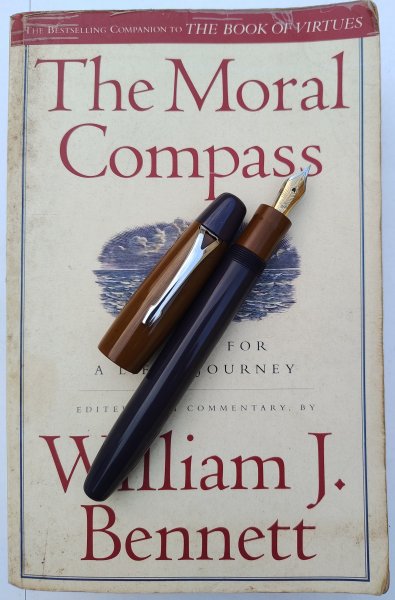
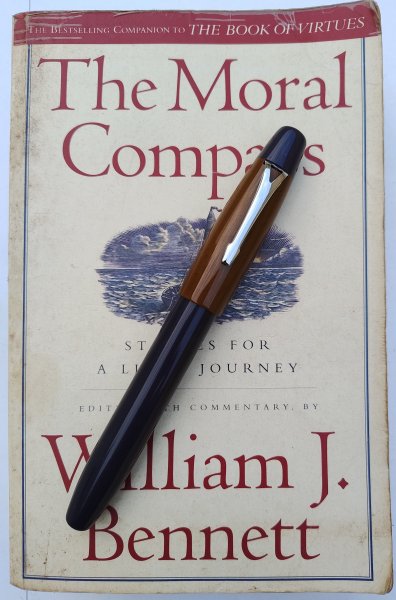
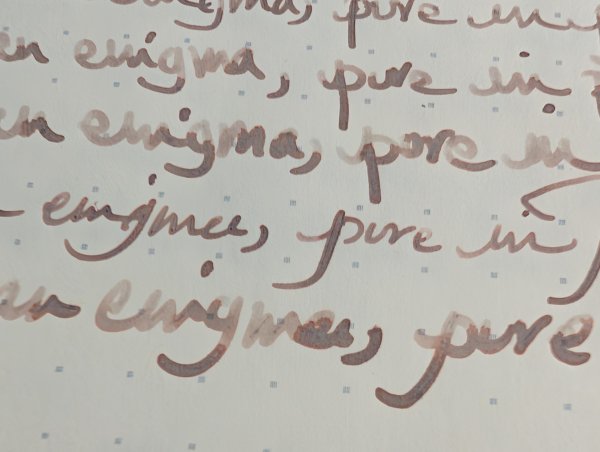
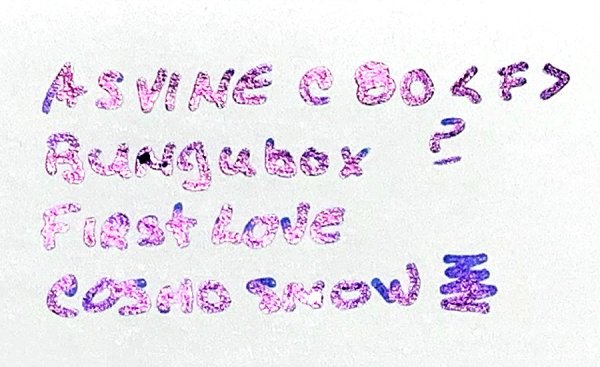
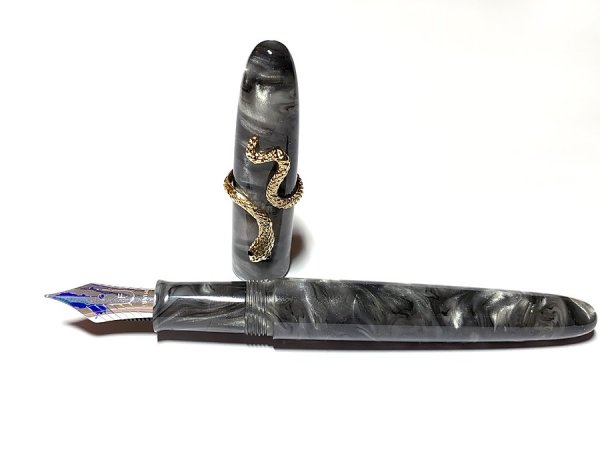


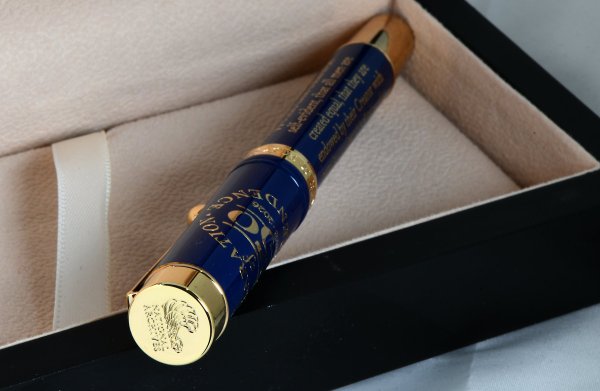


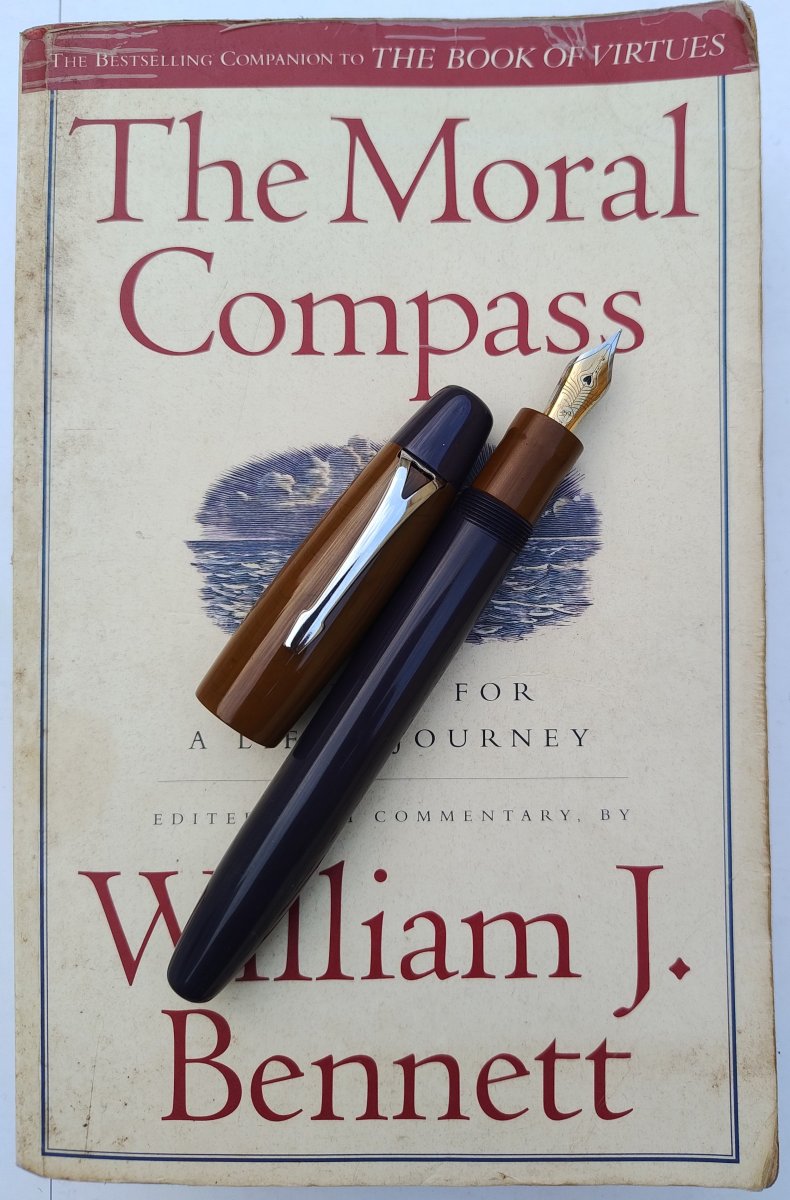
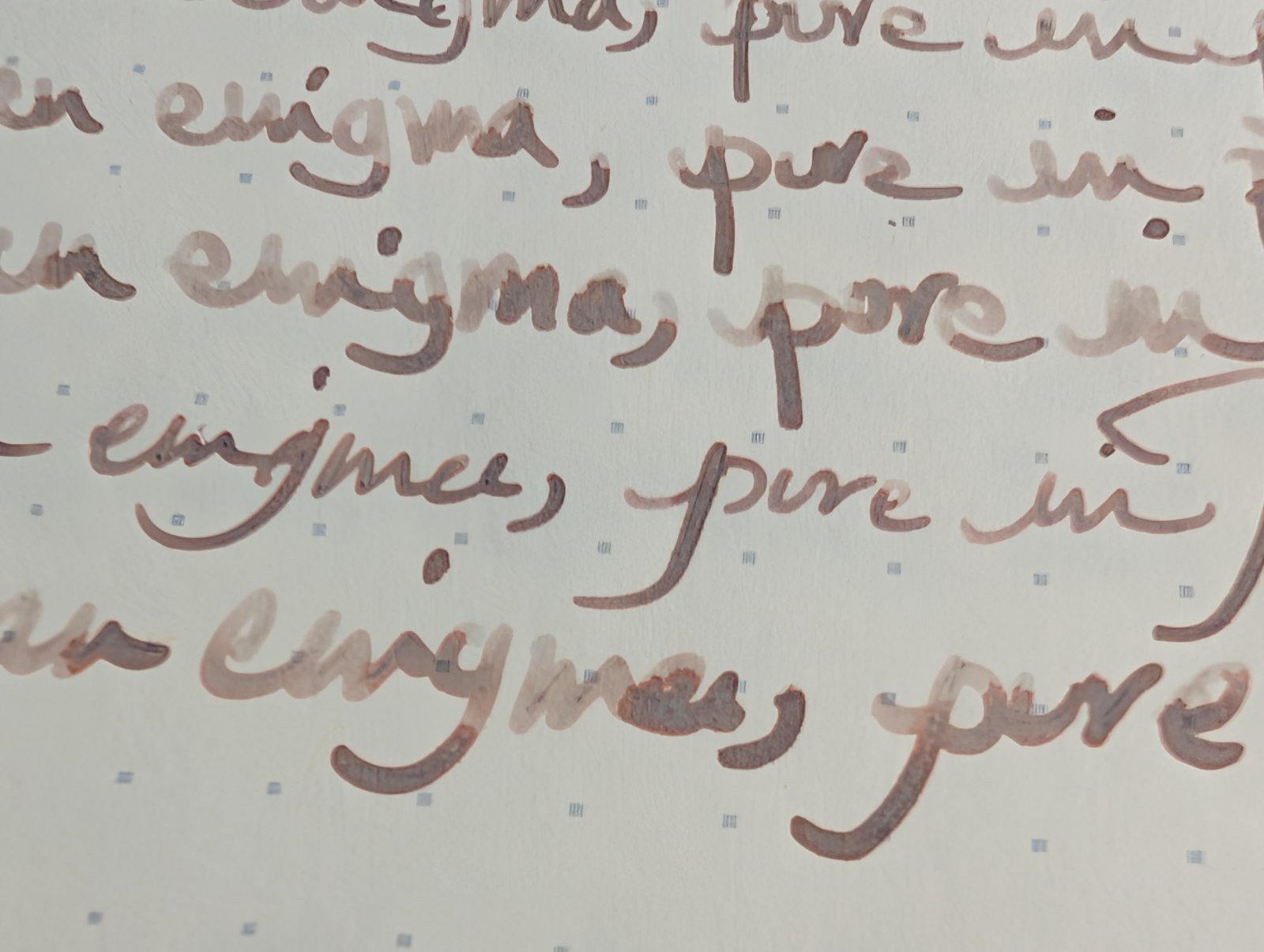
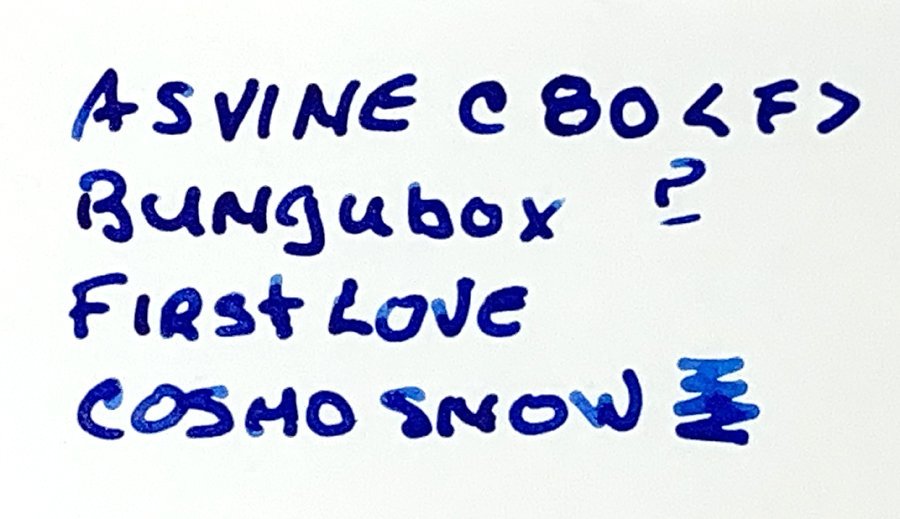



.thumb.jpg.f07fa8de82f3c2bce9737ae64fbca314.jpg)









Recommended Posts
Create an account or sign in to comment
You need to be a member in order to leave a comment
Create an account
Sign up for a new account in our community. It's easy!
Register a new accountSign in
Already have an account? Sign in here.
Sign In Now